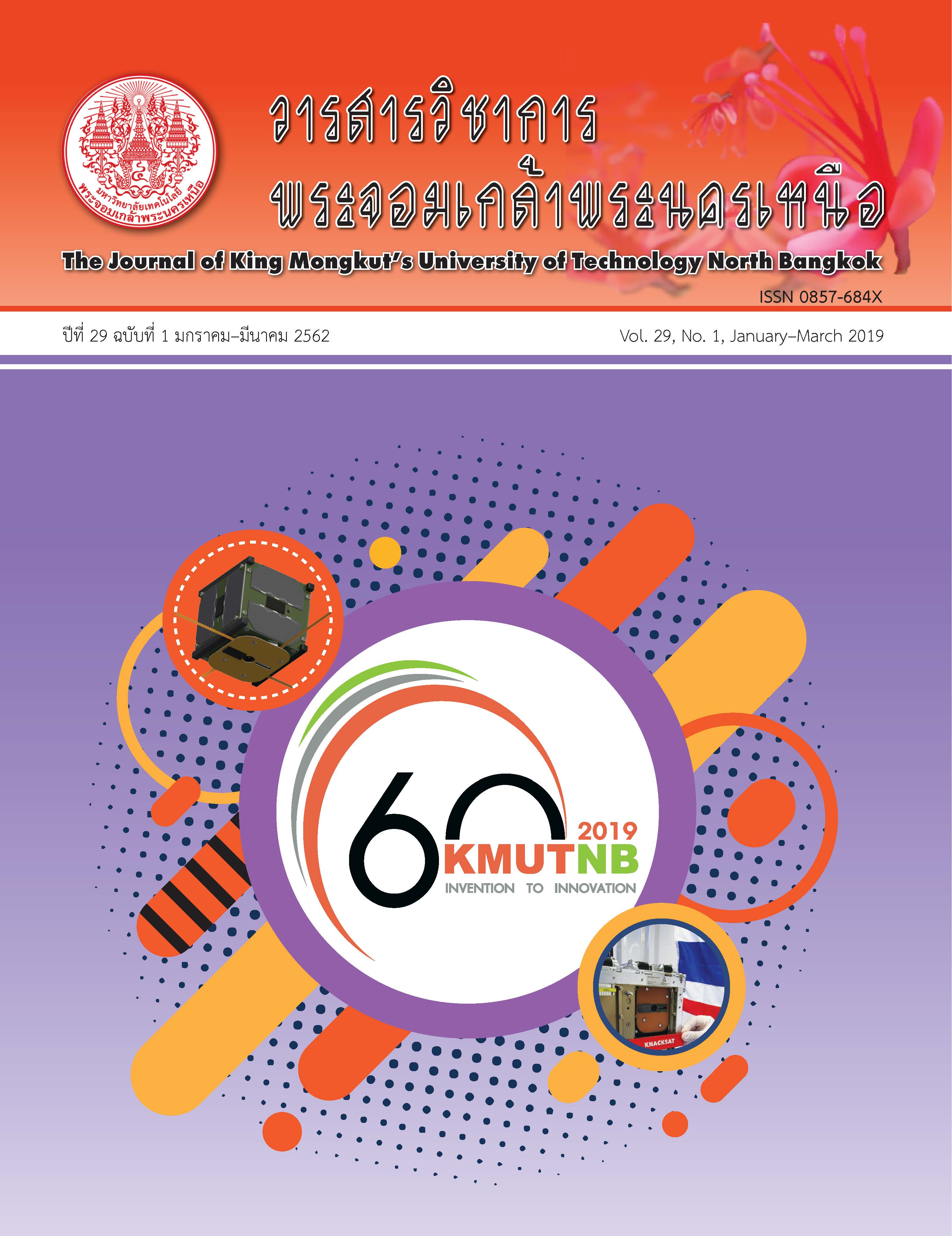Groundwater Flow Simulation to Analyze Channel Head Bifurcation
Main Article Content
Abstract
River basin networks are generated by erosion processes at channel heads. This sometimes results in two-way splitting of channel heads (bifurcation) that is an important process causing an increase in stream orders. It means a more complex network. Bifurcation depends on the geological and hydrologic characteristics of each river basin. We studied channel head erosion due to groundwater by a numerical method to simulate the groundwater flow fields. We assumed the shape of channel head to be isosceles triangles. This study analyzed the probability of channel head bifurcation from the assumption as follows. If the maximum seepage along a channel head is not at the symmetrical axis of the channel but appears at two locations along the left and right banks. The channel head shapes related to the contributing area shapes and water sources (upstream or rain feeding) influenced the groundwater flow filed and channel head bifurcation. It is found that the most prominent factor is the angle of the isosceles triangle head that the angle is larger than 150°. In addition, the more the influence of rain fall on groundwater flow field, the higher possibility of channel head bifurcation occurs.
Article Details
The articles published are the opinion of the author only. The author is responsible for any legal consequences. That may arise from that article.
References
[2] A. Pornprommin, N. Izumi, and G. Parker, “Initiation of channel head bifurcation by overland flow,” Journal of Geophysical Research: Earth Surface,” vol. 122, no. 12, pp. 2348–2369, 2017.
[3] A. Pornprommin, Y. Takei, A. M. Wubneh, and N. Izumi, “Numerical simulation of channelization by seepage erosion,” Journal of Applied Mechanics, vol. 12, pp. 887–894, 2009.
[4] O. Devauchelle, P. Petroff, H. F. Seybold, and D. H. Rothman, “Ramification of stream networks,” in Proceedings of the National Academy of Sciences of the United States of America, vol. 109, no. 51, 2012, pp. 20832–20836.
[5] A. Pornprommin, Y. Takei, A. M. Wubneh, and N. Izumi, “Channel inception in cohesionless sediment by seepage erosion,” Journal of Hydro-environment Research, vol. 3, no. 4, pp. 232–238, 2010.
[6] W. Thaisiam, P. Kaewnon, and A. Pornprommin, “Experiment of channelization due to seepage erosion,” International Journal of GEOMATE, vol. 14, no. 46, pp. 137–142, 2018.
[7] F. Turkelboom, J. Poesen, and G. Trébuil, “The multiple land degradation effects caused by land-use intensification in tropical steeplands: A catchment study from northern Thailand,” Catena, vol. 75, no. 1, pp. 102–116, 2008.

